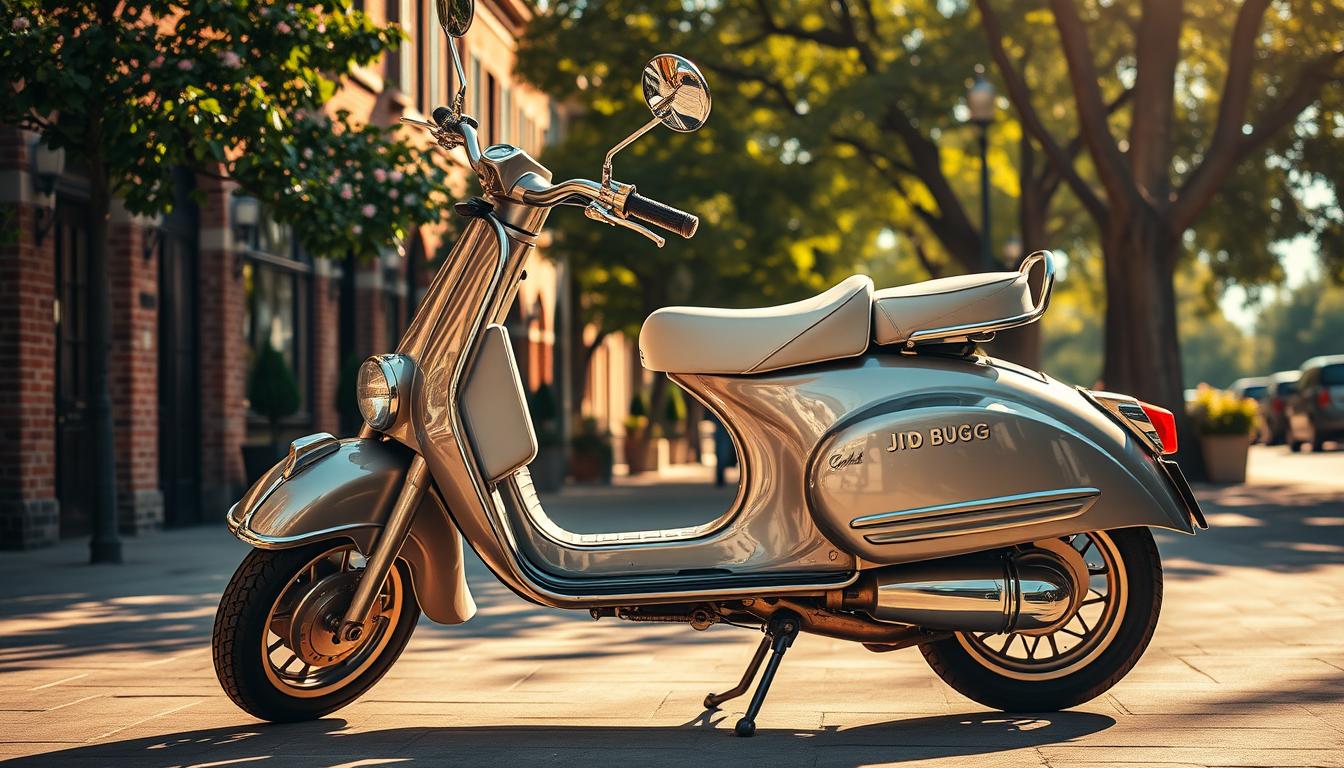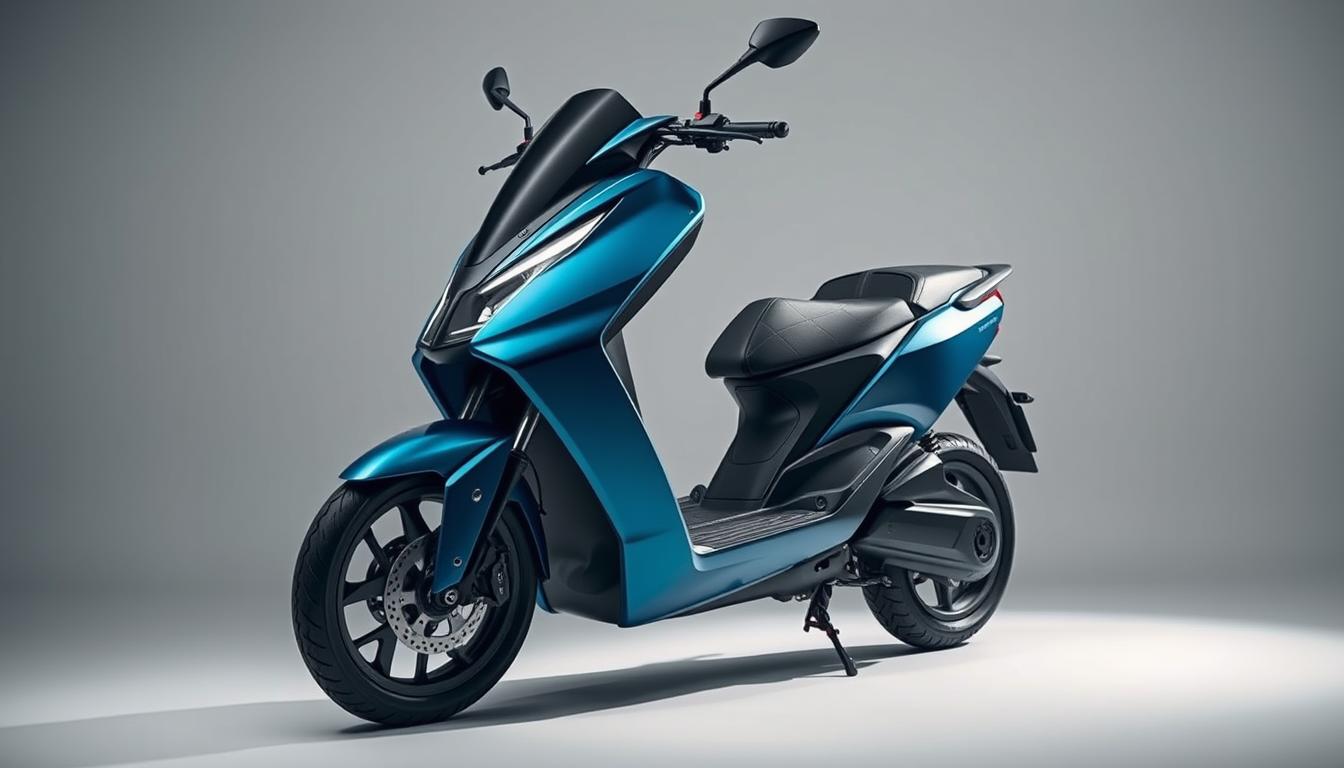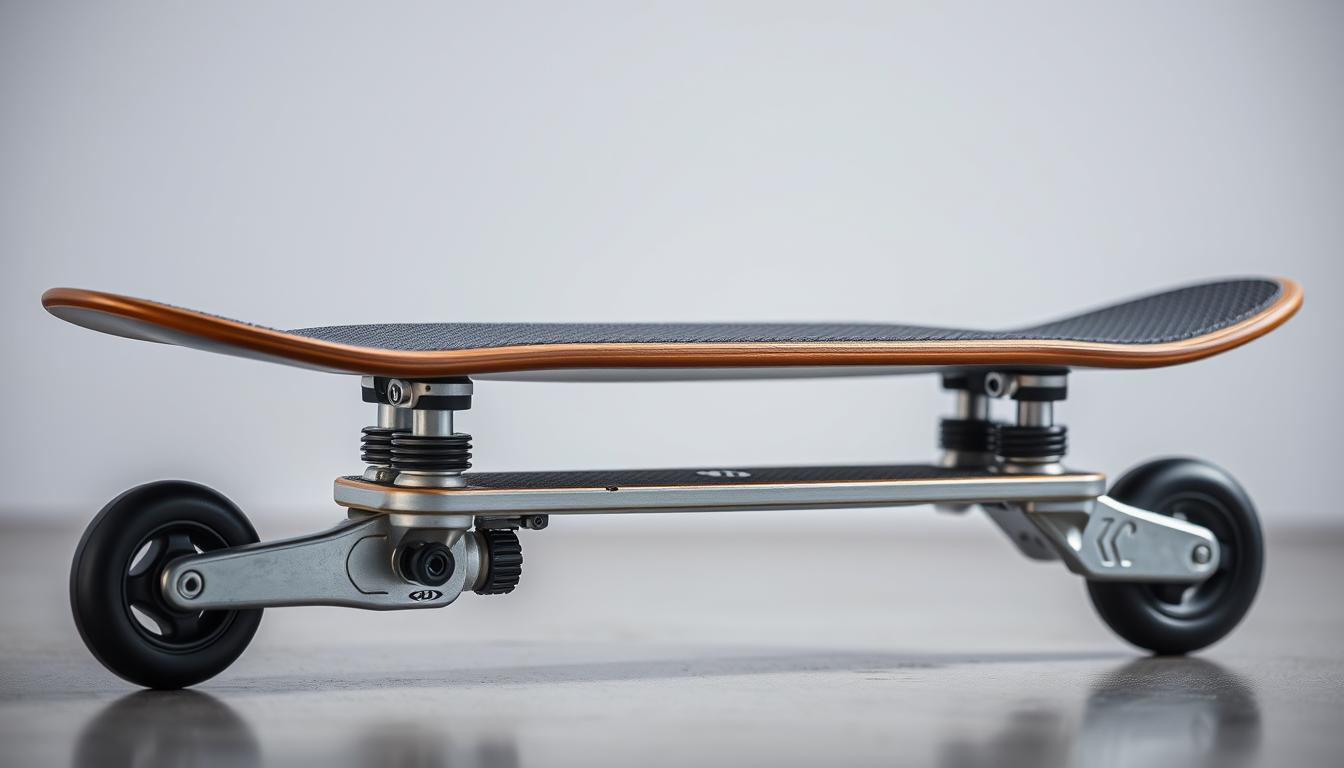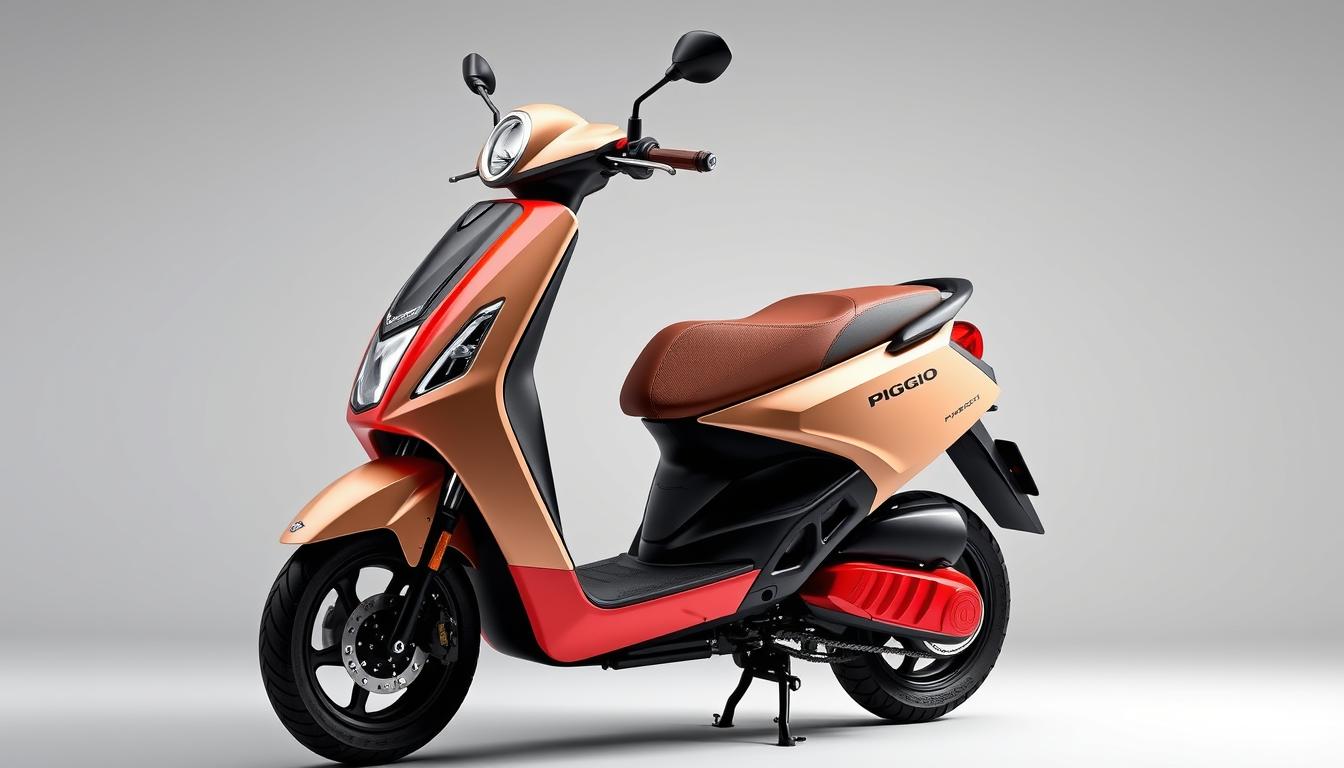
What to Consider Before Purchasing a Scooter
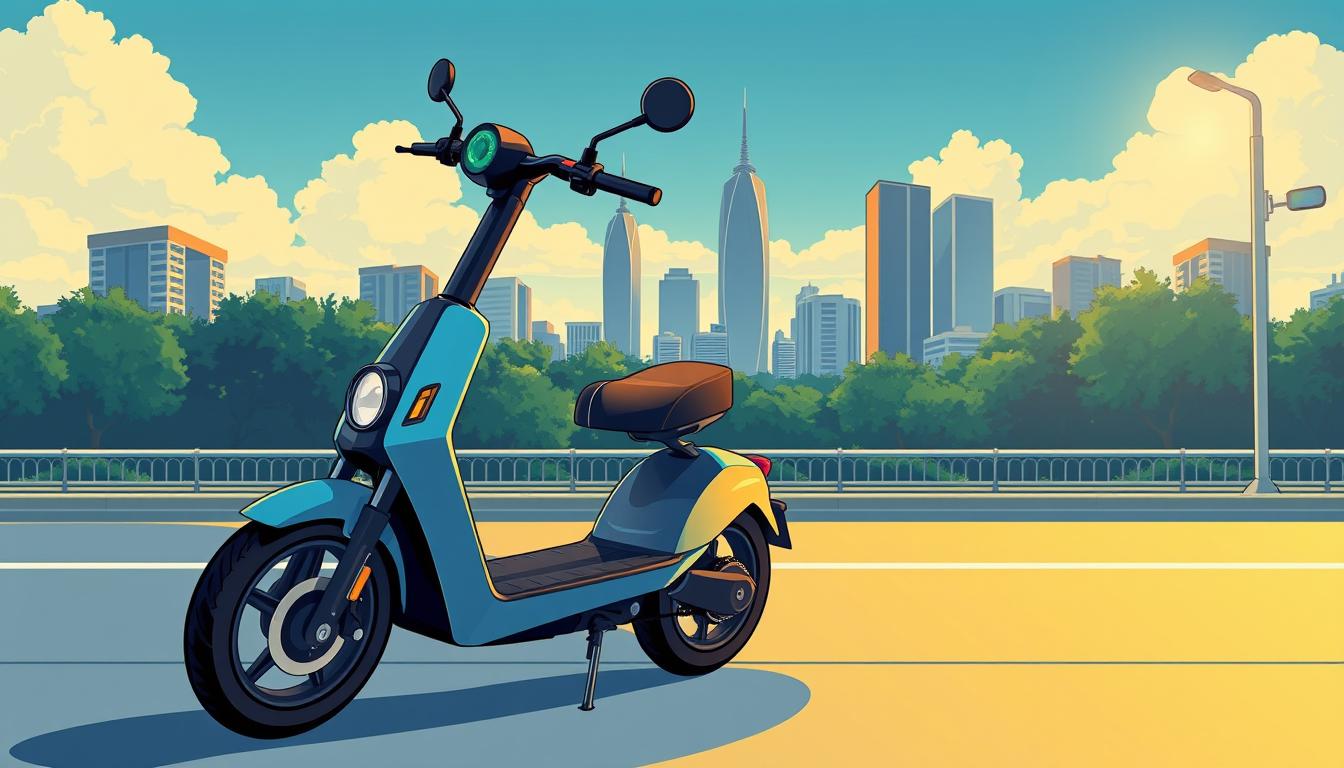
Did you know over 50% of urban commuters have considered alternative transportation in the past year? As cities grow busier, these compact vehicles offer a practical solution for quick trips and daily routines. Whether zipping to work or enjoying weekend rides, their versatility appeals to diverse groups—from college students to parents managing errands.
Choosing the right model requires careful thought. Brands like GOTRAX emphasize durability and user-friendly designs, while retailers like Walmart and Amazon provide accessible deals. Expert reviews often highlight critical factors: battery life, weight limits, and safety features. These details matter whether you’re a beginner or seasoned rider.
This guide simplifies the process. It combines insights from industry leaders and real-world testing to help you compare products confidently. Discover how top-rated options balance affordability with performance, and learn why features like foldability or kid-friendly designs might sway your decision.
With scooters gaining traction nationwide, now’s the perfect day to explore options. Let’s dive into what makes these rides a smart investment—and how to spot the best match for your lifestyle.
Understanding the Fundamentals of a scooter
Imagine zipping through city streets on a two-wheeled machine that’s evolved over a century. Early designs like the 1915 Autoped—a gas-powered model with handlebar steering—laid the groundwork. By the 1950s, brands like Vespa refined these concepts into stylish, mass-produced rides that prioritized convenience.
From Kick-Powered to Electric Innovation
Modern electric versions owe their DNA to these pioneers. Improved batteries and lightweight materials now allow speeds up to 15.5 mph, with some supporting riders up to 220 lbs. Retailers like Amazon highlight features such as foldability, making storage effortless for tight spaces.
Why Today’s Market Thrives
Over 15,000 reviews on platforms like GOTRAX reveal shifting priorities:
- Capacity and size matter most for commuters balancing portability with stability
- Parents seek kid-friendly brakes and slower speeds
- Beginners prioritize intuitive controls over high-tech add-ons
Cities now enforce speed limits and helmet rules, reflecting their role in daily transportation. As demand grows, brands focus on durability—think reinforced frames and water-resistant parts—to match varied lifestyles.
Key Features and Specifications to Evaluate
How do you spot a ride that balances speed with practicality? Start by examining performance metrics and design choices that impact daily use. Let’s break down what truly matters when comparing models.

Performance Metrics: Top Speed, Range & Weight
Most electric options hit a top speed of 15.5 mph, perfect for urban commutes without sacrificing safety. Range varies widely—some cover 12 miles per charge, while premium models reach 20. Weight matters too: lighter builds (under 30 lbs) simplify carrying upstairs or onto buses.
Why prioritize lbs? Heavier units strain portability, especially if you’re storing them in tight spaces. For example, GOTRAX’s folding design weighs 27 lbs yet supports riders up to 220 lbs. This balance ensures efficiency without compromising durability.
Design Aspects: Size, Capacity, and Build Materials
Aluminum frames dominate the market for their rust-resistant properties and sleek look. Compact sizing helps navigate crowded sidewalks, while foldable handles make storage effortless. Check the deck size—larger platforms (14” x 5”) offer stability for taller users.
Wheels also play a role. Air-filled tires absorb bumps better than solid ones, ideal for uneven paths. Brands often list weight limits clearly; exceeding them risks motor strain or frame damage. Smart designs merge these elements, proving that capacity and style aren’t mutually exclusive.
Comparing Electric Scooters and Traditional Kick Models
Ever wondered which ride suits your daily commute better? Modern transportation offers two distinct choices: tech-driven electric versions and classic manual designs. Each caters to different priorities—whether it’s effortless speed or budget-friendly simplicity.

Electric Innovation: Power Meets Precision
Brands like GOTRAX integrate lithium-ion batteries and brushless motors, delivering speeds up to 15.5 mph. These models excel in range, covering 12-20 miles per charge—ideal for adults tackling longer commutes. Aluminum frames keep weight under 30 lbs while supporting riders up to 220 lbs.
- Speed & range: Effortlessly cruise hills without breaking a sweat
- Convenience: Foldable designs fit in car trunks or under desks
- Safety: LED lights and disc brakes enhance visibility and control
Kick Scooters: Where Simplicity Shines
Manual options appeal to casual riders and beginners. Their lightweight builds (under 15 lbs) make them easy to carry, while basic maintenance keeps costs low. However, they lack motorized assistance, limiting speed and uphill performance.
- Pros: Affordable pricing, zero charging time, kid-friendly sizes
- Cons: Limited to flat terrain, shorter travel distances
Independent reviews suggest electric versions dominate urban commutes, while kick models work best for short trips or younger users. Consider your route’s terrain and daily mileage before deciding.
Safety, Accessories, and Warranty Considerations
Riding smart starts with preparation. Beyond speed and design, prioritizing protection and long-term care ensures enjoyable journeys. Let’s explore how to stay safe and maximize your investment.

Essential Safety Gear and Regulatory Tips
Helmets are non-negotiable—many states require them for riders under 18. Reflective vests or LED lights boost visibility during night rides. Check local laws: some cities cap speed at 15 mph or restrict use on sidewalks.
Brake quality matters. Disc brakes offer quicker stops than foot brakes, especially at higher speeds. For families, safety guidelines recommend knee pads and closed-toe shoes for younger riders. Always verify weight limits to avoid motor strain.
Warranty, Accessories, and Maintenance Support
Reputable brands like GOTRAX offer 90-day to 1-year warranties covering motors and batteries. Look for retailers with nationwide repair networks for hassle-free support. Popular add-ons include phone mounts, storage baskets, and reinforced locks.
Aluminum frames resist rust but benefit from occasional cleaning. Check tire pressure monthly and tighten folding mechanisms to prevent wobbles. Stores like Walmart often stock replacement parts, ensuring your ride stays smooth for years.
Final Thoughts for a Smart Scooter Purchase
Choosing the right ride requires balancing innovation with practicality. From century-old designs to modern electric scooters, today’s options blend history with cutting-edge tech. Whether prioritizing a zippy 15.5 mph top speed or lightweight portability under 30 lbs, technical specs like range and weight capacity shape every decision.
Electric models excel for commuters needing 12-20 miles per charge, while kick scooter fans value simplicity and lower costs. Aluminum frames ensure durability, and folding designs save space in apartments or cars. Brands like GOTRAX prove performance doesn’t sacrifice convenience.
Always check warranty terms and local safety rules. Accessories like helmets and reinforced locks protect riders, especially kids navigating sidewalks. Reviews from Walmart and Amazon highlight models balancing speed, size, and reliability.
With verified deals and expert insights, finding your match is easier than ever. Compare features, test rides, and enjoy the freedom these compact machines offer. Happy riding!
FAQ
How does weight capacity impact an electric scooter’s performance?
Higher weight capacities allow riders to carry gear or travel with a passenger, but they may reduce speed or range. Models like the Segway Ninebot Max support up to 220 lbs, balancing durability and efficiency.
Are folding mechanisms reliable for daily commuting?
Brands like Xiaomi prioritize sturdy folding designs for portability. Aluminum frames ensure lightweight yet durable builds, making them ideal for urban transportation without compromising safety.
What safety features are essential for kids’ kick scooters?
Adjustable handlebars, grippy decks, and reinforced wheels suit younger riders. Micro Kickboard scooters, for example, include lean-turn steering for stability, paired with helmets and knee pads for added protection.
How do warranties differ between electric and traditional models?
Electric scooters often include 6–12-month warranties covering motors and batteries. Kick scooters may offer shorter terms focused on frame integrity. Always check brand policies, like Razor’s limited warranty for defects.
Can adults use scooters designed for beginners?
Yes! Many entry-level models, such as the Glion Dolly, feature adjustable speeds up to 15.5 mph and compact sizes, making them versatile for short commutes or leisurely rides.
What accessories improve scooter functionality?
Waterproof phone mounts, LED lights, and storage bags enhance convenience. For electric models, spare batteries or fast chargers extend range, while kick scooters benefit from wheel replacements or brake upgrades.
Where can riders find the best deals on popular models?
Retailers like Amazon or Best Buy often run seasonal discounts. Subscribing to brand newsletters, such as TurboAnt or Unagi, also provides early access to promotions.
How do aluminum frames compare to steel in durability?
Aluminum resists rust and weighs less, ideal for folding designs. Steel frames, like those on Razor A5 Lux, handle rough terrain better but add bulk. Choose based on riding needs.
Are entry-level electric scooters suitable for hilly areas?
Models with 250W+ motors, such as the Gotrax GXL V2, tackle moderate inclines. Check torque ratings and battery efficiency to ensure consistent performance on slopes.
What’s the average lifespan of an electric scooter’s tires?
Air-filled tires last 500–1,000 miles but require regular checks. Solid rubber options, like those on the Swagtron Swagger 5, need no maintenance but offer less shock absorption.

